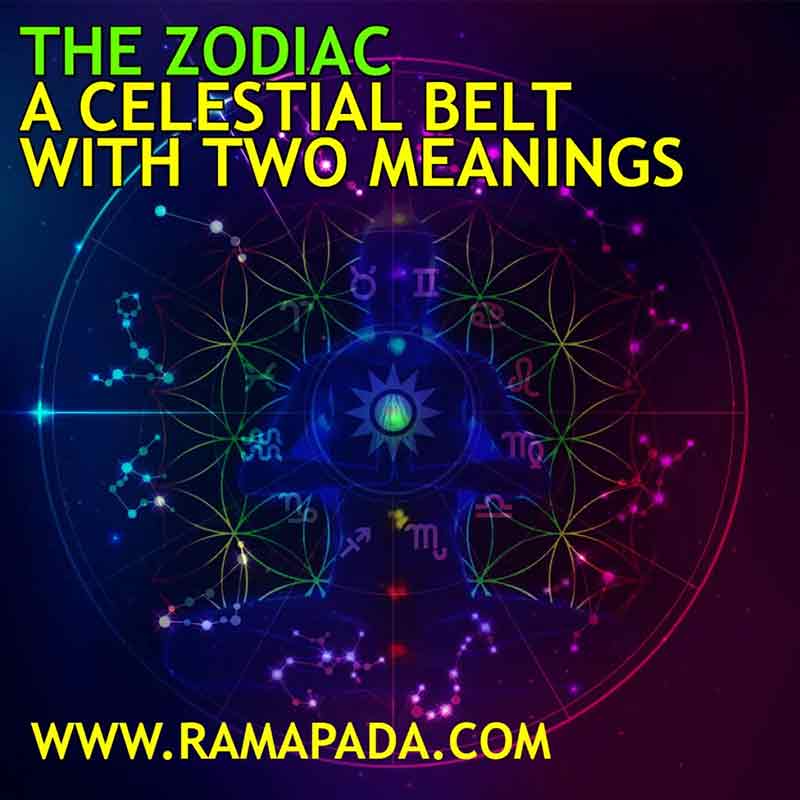The zodiac can refer to two related concepts: a band in the sky important to astronomy, and a system of signs used in astrology.
In Astronomy:
The zodiac is a belt-shaped region centered on the ecliptic, the Sun’s apparent path across the sky over a year. It extends roughly 8 degrees north and south of the ecliptic. The Moon and most planets also travel within this band, due to their orbital inclinations relative to Earth’s orbit.
Ancient astronomers divided the zodiac into twelve equal sections, each a neat 30 degrees wide. Ancient astronomers named these sections after the constellations the Sun appeared to travel through in the sky, rather than aligning them with specific stars or constellations.
In Astrology:
Astrology uses the concept of the zodiac to create a system of twelve signs. Astrology uses the twelve zodiacal constellations to create a system of twelve signs, assigning a date range to each sign. This system determines a person’s astrological sign based on their date of birth.
Astrologers believe that the position of the Sun, Moon, and planets in the zodiac at the time of a person’s birth influences their personality and life path. However, there is no scientific basis for these beliefs.
The Disconnect Between Astronomy and Astrology:
It’s important to note that the zodiac signs in astrology don’t perfectly align with the actual constellations in the sky. This is because the constellations themselves are not uniform in size or shape, and the Earth’s axis has tilted over time (a phenomenon called axial precession). As a result, the astrological signs no longer correspond to the constellations they were named after, as said by the best astrologer in Kolkata.
The Sun spends a few weeks each year traversing the constellation Ophiuchus, yet Ophiuchus remains excluded from the astrological zodiac.
The Zodiac: A Fascinating Duality
The zodiac remains a captivating subject, both for astronomers who study the movements of celestial bodies and for those interested in the symbolism and traditions of astrology.

